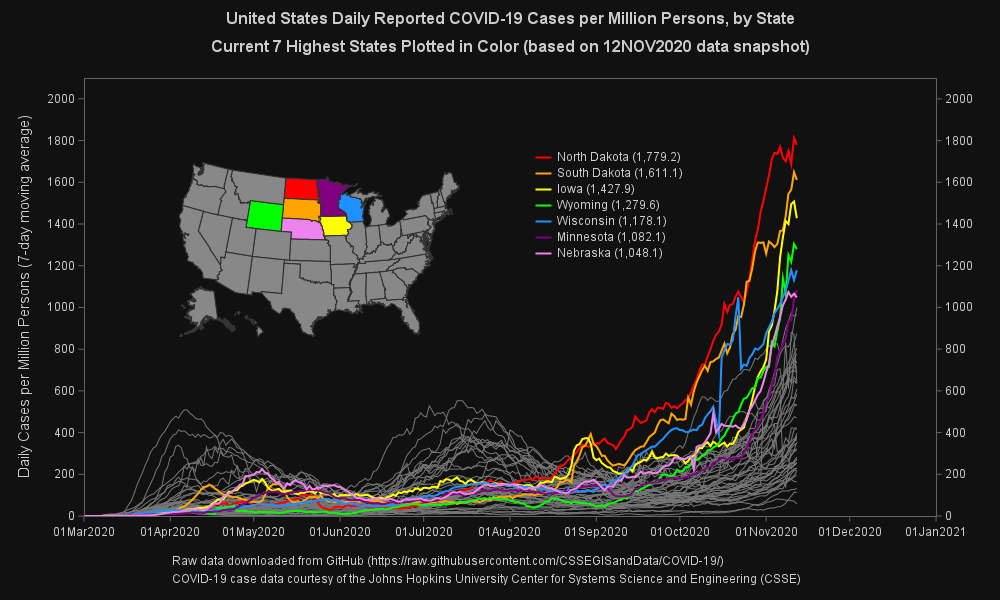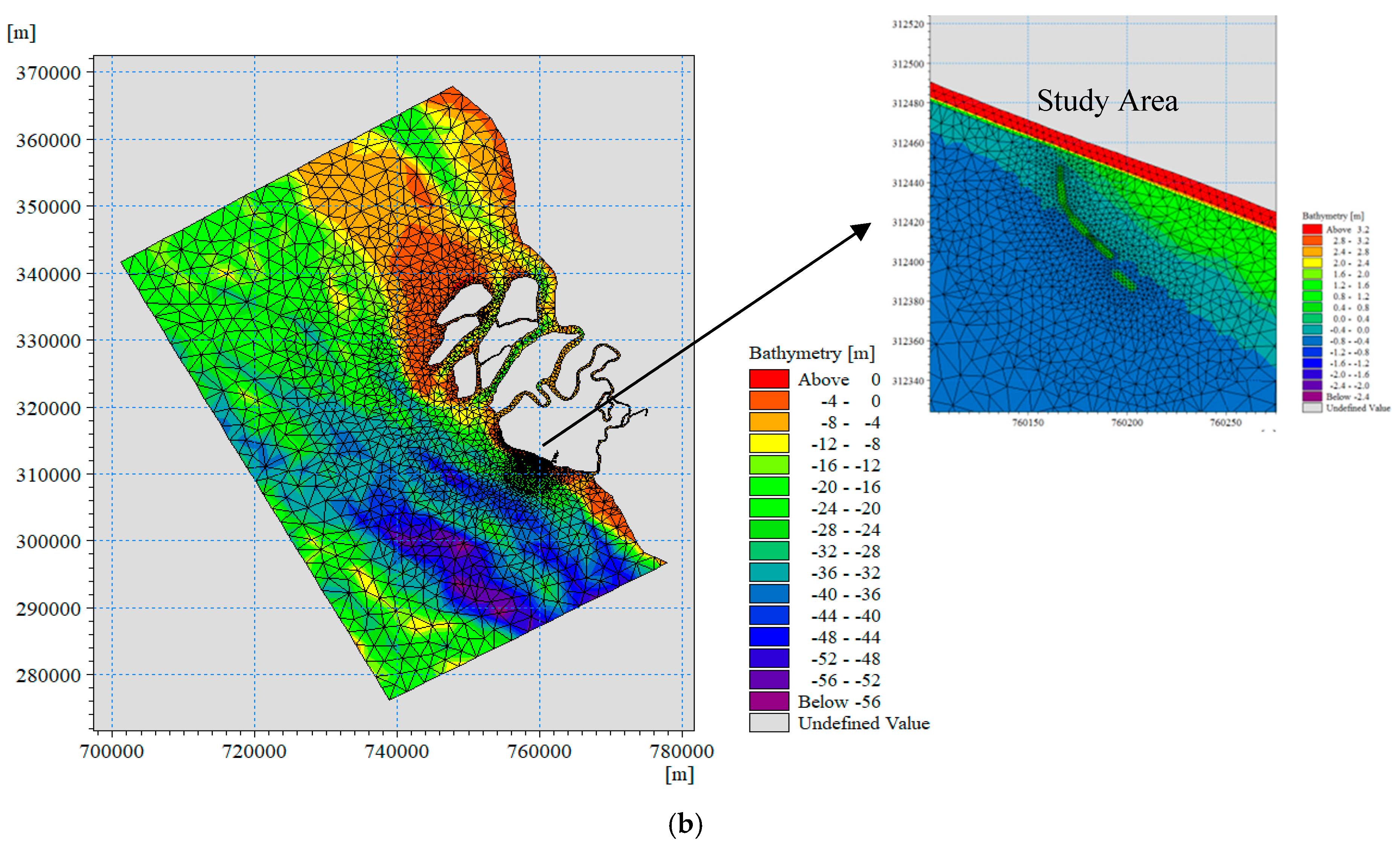

The effects of wave-current interaction, non-linear wave-wave interaction and diffraction are also included and areas which dry out can be included within the model.

The MIKE 21 Spectral Wave (SW) model simulates wave growth due to wind action, transformation due to refraction and shoaling resulting from depth variations, and decay due to whitecapping, bottom friction and wave breaking. These can be applied as boundary conditions to an offshore wave transformation model. These are generally considered to be ‘offshore’ as they tend to be in relatively deep water. The most accessible wave conditions are those available from the Met Office wave model. This methodology offers some guidance to achieving the required values for correct use of EuroTop.

Use of nearshore or even offshore waves can result in incorrect estimation of overtopping volumes. It is the calculation of these parameters that is the most significant challenge in the correct usage of EuroTop. Common to each method is the requirement for wave climate at the toe of the structure.
#MIKE 21 WAVE MODEL TUTORIAL MANUAL#
This Manual offers a number of methods to calculate wave overtopping at a range of different coastal structures.
#MIKE 21 WAVE MODEL TUTORIAL UPDATE#
The standard approach to calculating wave overtopping volumes is through the use of EuroTop ( ), the European Overtopping Manual, accessed via the internet and developed from a combined update of the Environment Agency’s ‘Overtopping of Seawalls: Design and Assessment Manual’ (R&D Technical Report W178, 1999), the Dutch ‘Technical Report: Wave run-up and wave overtopping at dikes’ (TAW, 2002 English edition) and the German ‘Die Küste’ (EAK, 2002).


 0 kommentar(er)
0 kommentar(er)
